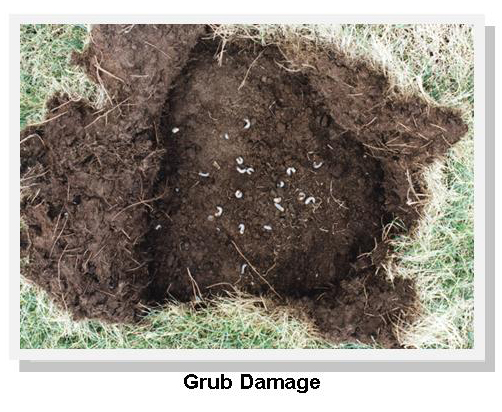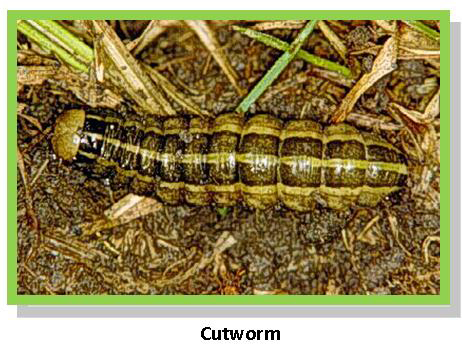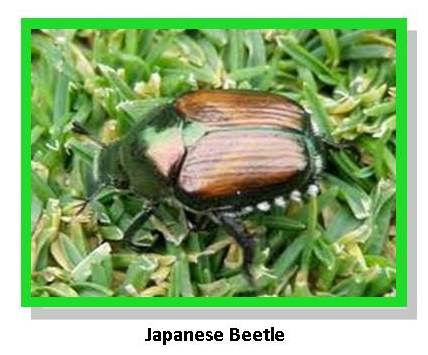Lawn Insects and Lawn Fungi Are at a Near Record High This Spring:
The moisture we have received in the month of May combined with the resulting high humidity in the Denver Metro Area has created multiple environmental problems for lawns.
Lawn diseases are abnormally active because of the moisture conditions and long term wet soil. Fungal complications in a lawn can be difficult to identify because they share many similar symptoms with other lawn problems and even with each other.


The lawn disease process: For a grass disease to exist, three primary components must exist at the same time. These are the Pathogen, the correct Environment, and the Host. If any of the three are missing the disease cannot thrive. Normally we have limited lawn disease activity in the Front Range because of low humidity. In other words, the environment is not conducive to many lawn pathogens. This year, however, we have seen enough continuous moisture to where some seldom seen fungal strains are able to thrive.
How to spot lawn diseases: Leaf spots, brown areas or patches of dead grass may look like damage caused by disease, but they do not automatically indicate there is a disease present. Mowing with a dull blade, scalping, lawn damaging insect activity or poor irrigation can also cause symptoms in your lawn that might be confused with a turf disease or insect damage.


Lawn Insects Are Also Thriving Because of the Conditions This Spring:
In addition to lawn fungal activity, the length of continuous moisture has provided perfect
 conditions for many lawn damaging insects including Chinch Bugs, Grubs, Bill Bugs, and Cut Worms.
conditions for many lawn damaging insects including Chinch Bugs, Grubs, Bill Bugs, and Cut Worms.
Insect damage tends to hit stressed areas of the lawn first, then progress from there. This means hot spots close to driveways or other concrete are especially vulnerable, as are low lying areas which stay wet for extended periods of time.
Spotting insect damage: Often the grass comes up easily and there is little or no signs of roots since the insects
 feed in the zone between the root and the green part of the grass. Grubs can often be seen when sod becomes so undermined it can be pulled up in clumps. This is especially true for lawns hit by Japanese Beetles.
feed in the zone between the root and the green part of the grass. Grubs can often be seen when sod becomes so undermined it can be pulled up in clumps. This is especially true for lawns hit by Japanese Beetles.
Insect damage does not look uniform. The first areas attacked look worse than surrounding areas. As lawns dry out, damage can often be seen based on the location of sprinkler heads, since the grass close to the heads gets more water and has the ability to fight off some of the damage.
If your lawn looks splotchy after the amount of moisture we have received it’s a good indication of insect and/or disease activity. It is best to get a jump on the problem before long term damage is done.
What a homeowner can do:  Keeping grass mowed at 2.5 to 3 inches in height and not removing more than a third of the blade with each cutting will help lawns fight diseases. Allowing the lawn to dry out between waterings will also help. However, we do live in an environment which is normally very low in humidity. Once the weather pattern switches, normal watering schedules need to resume quickly.
Keeping grass mowed at 2.5 to 3 inches in height and not removing more than a third of the blade with each cutting will help lawns fight diseases. Allowing the lawn to dry out between waterings will also help. However, we do live in an environment which is normally very low in humidity. Once the weather pattern switches, normal watering schedules need to resume quickly.
If you have any questions, call us now! 303.232.0666
It is easier to take care of the problem now before it gets out of hand.
